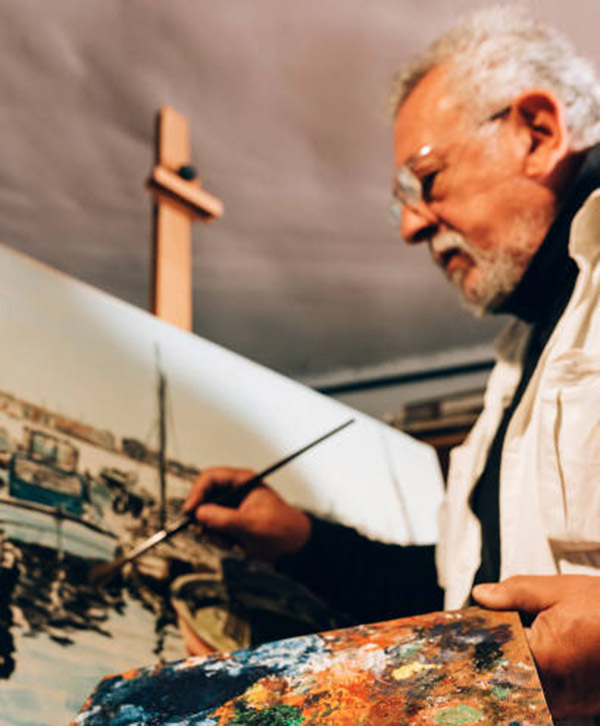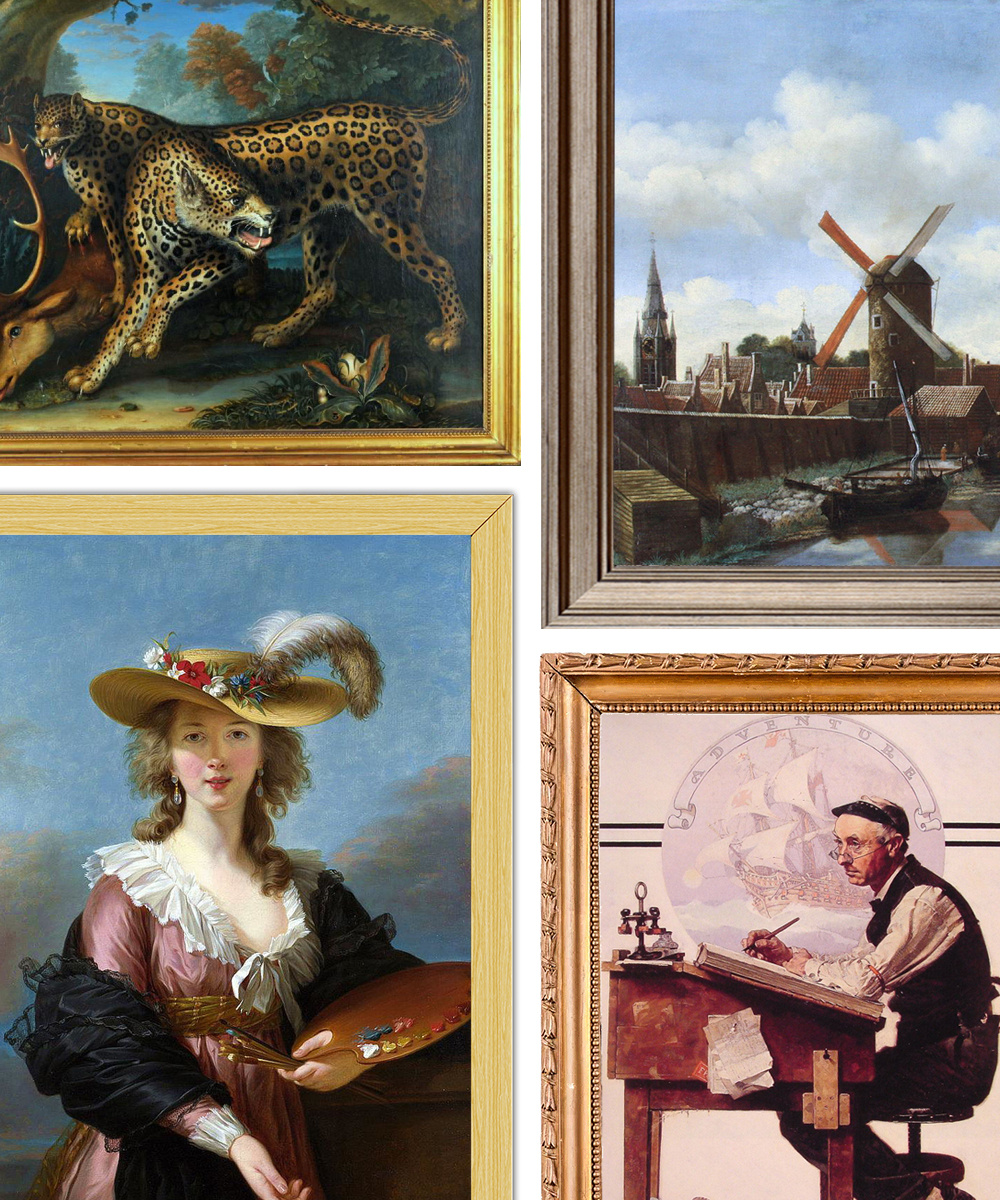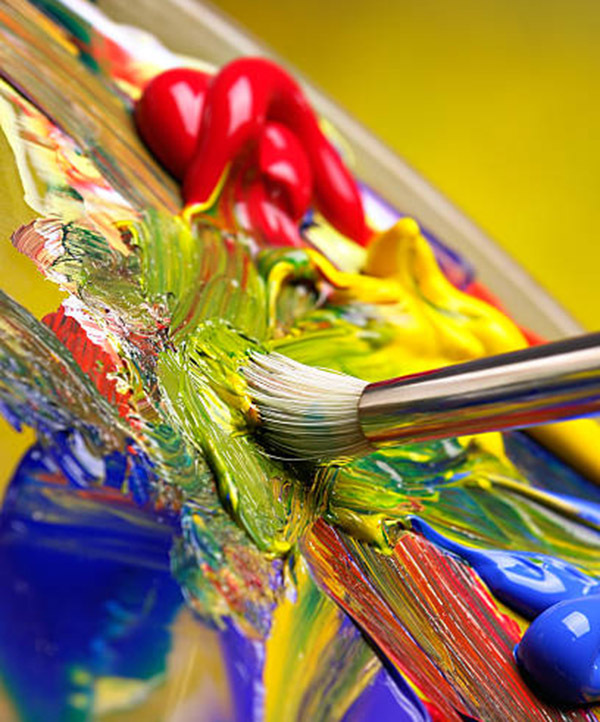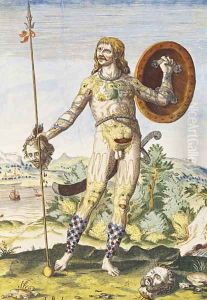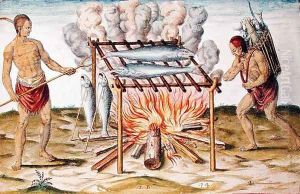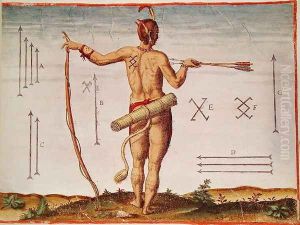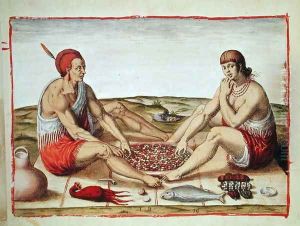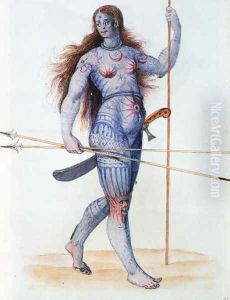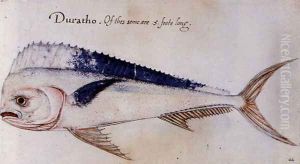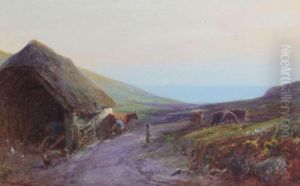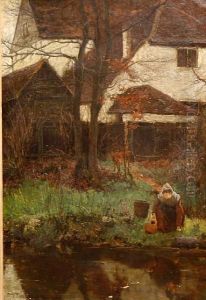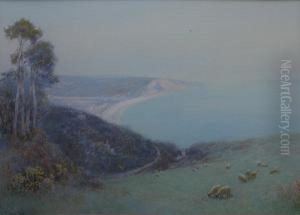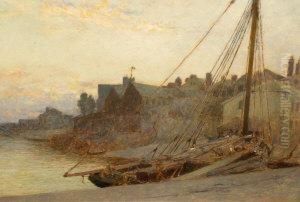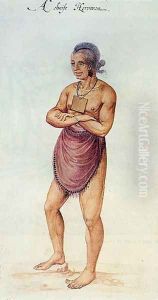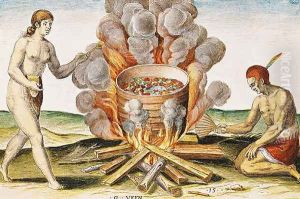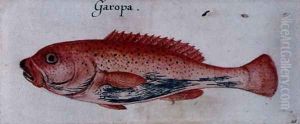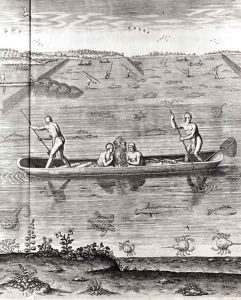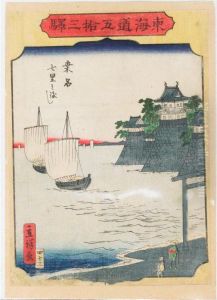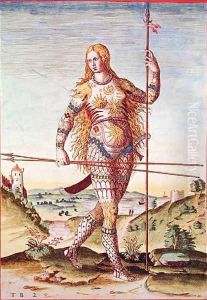





Pictish woman, from Admiranda Narratio..., engraved by Theodore de Bry (1528-98) 1585-88
-
About Reproduction
Discover the allure of art with our faithful reproduction of "Pictish woman, from Admiranda Narratio..., engraved by Theodore de Bry (1528-98) 1585-88", originally brought to life by the talented John White. Unlike posters or prints, our hand-painted oil painting breathes an unique sense of depth and texture into your space. Every detail, every stroke, and every texture is meticulously recreated, paying the perfect homage to John White and his artistic vision.
Owning this piece is more than just decoration - it's a statement of your refined taste in art. Let the vibrant colors and intricate details of this replica serve as a daily reminder of the beauty in our world. Elevate your decor and appreciate the richness of art with our replica of this masterpiece.
-
Painting Description
The "Pictish Woman" is an engraving created by Theodore de Bry between 1585 and 1588, based on a drawing by John White. This artwork is part of the larger collection titled "Admiranda Narratio...," which translates to "A Wonderful Account." Theodore de Bry, a notable engraver and publisher of the late 16th century, is renowned for his detailed and imaginative depictions of the New World and its indigenous peoples. John White, an English artist and early settler, is best known for his watercolor drawings of Native American life and the flora and fauna of the New World.
The engraving of the Pictish Woman is a fascinating example of early European attempts to document and interpret the appearance and customs of the indigenous peoples of the British Isles, specifically the Picts. The Picts were a group of Celtic-speaking people who lived in what is now Scotland during the Late Iron Age and Early Medieval periods. They are often remembered for their distinctive art and the mysterious Pictish stones adorned with intricate carvings.
In this engraving, the Pictish Woman is depicted with a high level of detail, showcasing her attire, body art, and accessories. The image reflects the European fascination with and often romanticized view of the "exotic" other. The woman's clothing and tattoos are rendered with meticulous attention, providing insight into the European perception of Pictish culture during the Renaissance.
The work of Theodore de Bry, including this engraving, played a significant role in shaping European understanding and misconceptions of indigenous cultures. His engravings were widely disseminated and influential, often serving as the primary visual reference for many Europeans who had never encountered these cultures firsthand. The "Pictish Woman" engraving remains a valuable historical artifact, offering a glimpse into the early modern European imagination and its interpretations of ancient and distant peoples.
-
Lead Time & Shipping
When you order this oil painting replica, it typically takes 2-3 weeks to paint. If the artwork is more complex, it might need a little more time to ensure the best quality. Once it's ready, we'll send you a photo for your approval. After you give the green light, we'll ship it to you for free.
-
Return & Refund
We believe in the quality of our hand-painted oil painting reproductions, and your satisfaction is our priority. If for any reason, you are not completely satisfied with your purchase, we offer a 45-day return policy. You can return your artwork within 45 days of receipt and receive a full refund. Please note that the artwork must be returned in the original packaging and in the same condition as it was received.

